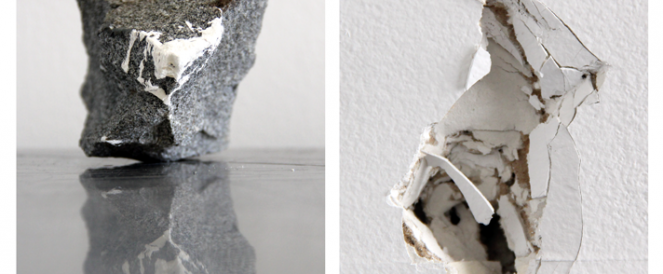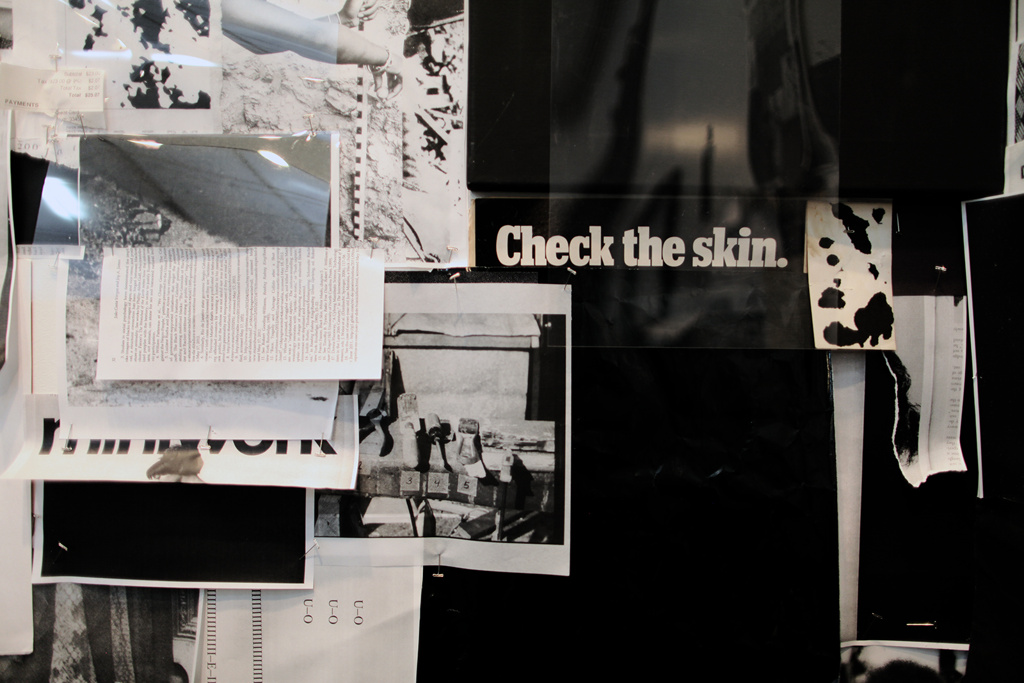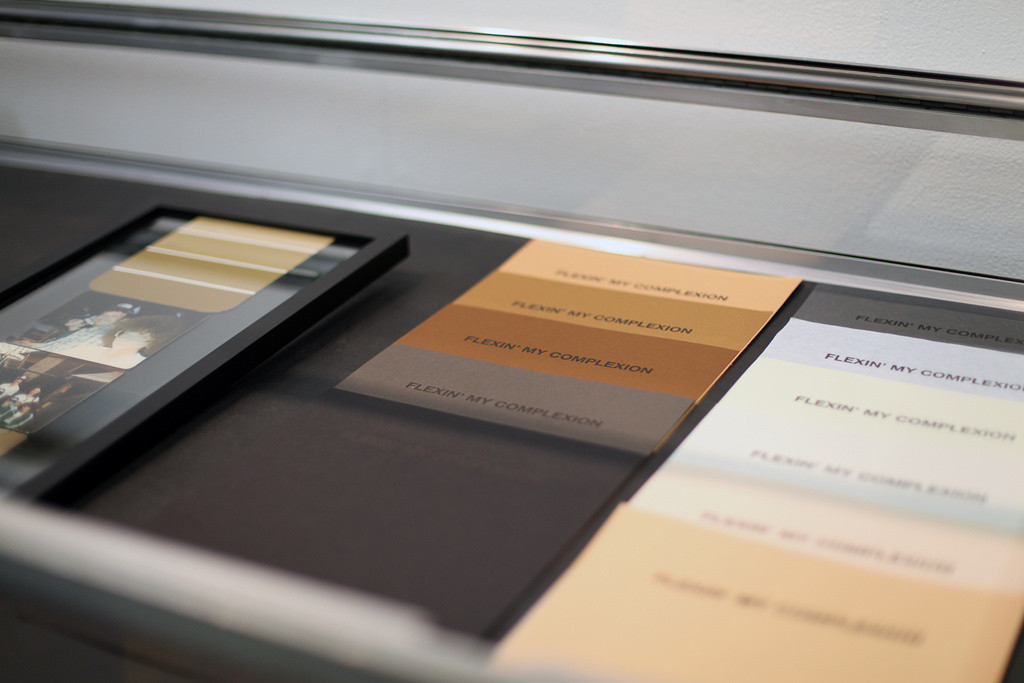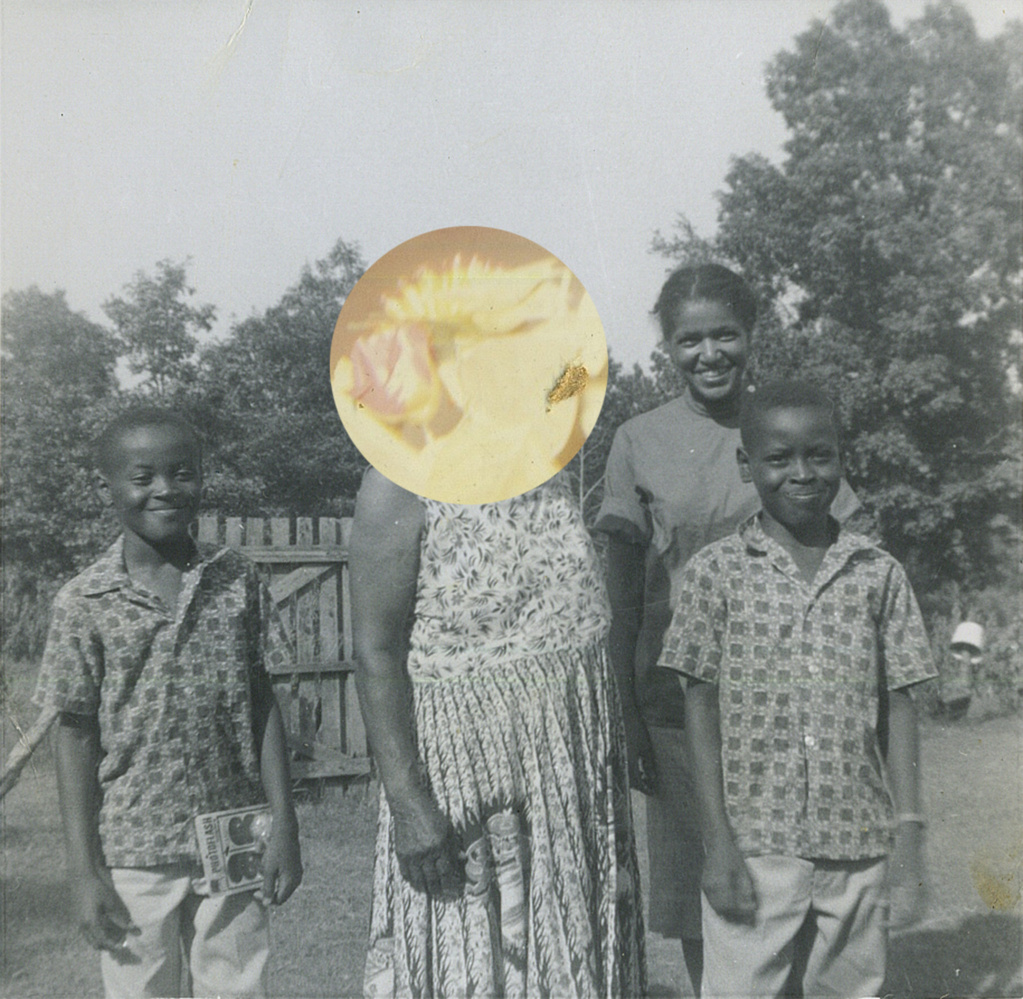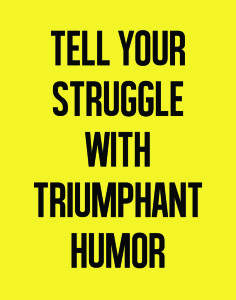
Queens Museum, New York, from October 3 until February 28, 2016, Catalyst Project:
Kameelah Janan Rasheed’s Source Material for a Poem I’ve Been Trying to Write about Casual Superlatives, National Progress and Palate Cleansers explores her interest in poetry, improvisation, and narratives of progress, through a hybrid visual and literary art practice. Rasheed’s sprawling installation sutures together wide ranging “concentrated language” including both self-authored and found materials such as aphoristic posters, short poems, micro-fiction, book excerpts, and dictionary entries along with photographs and fabric. Her process of researching, digging through archives, and repurposing texts through alliterative games and constricted writing techniques, is rooted in the work of poets like Harryette Mullen. Rasheed will also lead a zine-making workshop—as an extension of her archiving practices—in collaboration with the Queens Museum’s New New Yorkers program that offers numerous workshops, often instructed in various languages.
About:
Kameelah Janan Rasheed is a self-taught photo-based artist, archivist, editor, and high school history educator based in Brooklyn. Rasheed holds a BA in Africana Studies and Public Policy from Pomona College and an Ed.M. from Stanford University. She has exhibited in numerous shows in New York City, Oakland, San Francisco, Washington, DC, and Johannesburg, South Africa, and is co-founder of Mambu Badu, a collective for women photographers of African descent, as well as Photography and Interviews Editor at Specter Magazine. This summer she will be an Artist-in-Residence at the Center for Photography at Woodstock in Woodstock, New York.
Everything is Index, Nothing is History.
Q: Tell us about the work you will exhibit in Everything is Index, Nothing is History.
KJR: There is limited photographic evidence that my family ever existed. Photographs were lost when we were unlawfully removed from our home in 1998 and became homeless for the next ten years. An attempt to conjure my family back into existence, in Memories: No Instructions for Assembly, I weave together orphaned photographs found at garage sales, photos stolen from the Facebook pages of estranged family members, 1970s magazine pages, water-damaged images salvaged during my family’s 10-year bout with homelessness, and original photography to re-imagine a lost family history. Working in the tradition of the archaeologist and the archivist, I sample as well as reorganize existing materials into a series of about 17 diptychs to produce a non-linear narrative. There are images of my eldest brother in and dressed in my parents clothing paired with an 1970s image of the twin towers as well as several references to Christian religious imagery.
Future Perfect/indices marginalia, 2. 2015
In a way, I am playing with this idea of improvisation. When most physical traces of memory are lost, how do you pull from indexical links and surplus cultural material to recreate memories? Improvisation in this case — the conjuring up of a lost family history through my fragments becomes a ritual of sorts.
How to Suffer Politely (And-Other-Etiquette) , 2014.
Q: How does your art relate to the show’s overall theme of “writing and interpreting history”? Does it engage an alternative mode of writing, framing, and interpreting history?
KJR: I came to art through the door of historical inquiry. In college I studied history and historiography, and in graduate school I studied secondary history education. I am fascinated by the stories in history, but more I am intrigued by the way that stories are re-imagined, retold, and reconfigured over time and space. I also love the idea of historical residue, fragments and traces–the stuff in the margins and footnotes of historical narratives. In Memories: No Instructions for Assembly, I am working with fragments, traces, and indexical links to build a more complete family narrative. I am also working with and through this distinct urge to archive, catalog, and preserve.
I watched a lot of “Hoarders” as I worked through this project because I am intrigued by what encourages this culture of compulsive collecting. I am also interested in hoarding as both an unhealthy response to personal trauma that also functions as a site specific curation of both a physical and psychic space. If we look at hoarding and hoarders, there is an internal logic to the process and organization of that space. Beyond trauma, what does hoarding tells us about so-called common folk as very localized historians? While I am not a hoarder, I identify with this notion of collecting as a response to trauma and that trauma being translated into this intimate ritual of collecting.
Punctuated Blackness, 2013.
Q: What is your artistic background? How have you arrived at your current work?
KJR: I am a self-taught artist in the sense that I picked up a camera, made a lot of mistakes, read a lot, got some rejection, and learned through trial and error. My love is photography–documentary photography to be a bit more decisive. I am transitioning into more conceptual photo-based work with a particular focus on the use of text, archival materials, and found materials (paper-based as well as audio and video-based). I am intrigued by the idea of layering mediums and media. I also love the process behind Taryn Simon‘s work–the research. I research a lot and am figuring out how to make my research visible as a form of art as well.
STRAIGHT-FLEXIN, ’Flexin’ My Complexion.
Q: What would you like viewers to take away from your work? What do you take away from it?
KJR: I will summon John Coltrane for this one. Coltrane once said, “I never even thought about whether or not they understand what I’m doing…the emotional reaction is all that matters as long as there’s some feeling of communication, it isn’t necessary that it be understood.” As I was working on this series, I was really inside of myself and was not attentive to an audience, so this quote feels appropriate for this body of work. I don’t know if that is a good or bad thing. While I want the audience to work at making sense of the relationship between the images, there is this reality that these seemingly disconnected images create their own logic and grammar—an internal language that even while inviting may not be fully understood. And it is okay if it is not fully understood.
My artistic practice borrows from the literary tradition of poet Harryette Mullen, specifically Mullen’s “Recyclopedia: Trimmings, S*PeRM**K*T, and Muse & Drudge” (2006). In the closing line of Mullen’s “S*PeRM**K*T,” she writes, “speed/readers skim the white space of this galaxy” which I have always interpreted as an observation of the manner in which the reading and viewing of certain “texts”—visual texts included—has become a hasty affair; one in which the audience quickly reads and generalizes, rather than slowly extracting the nuances. I hope this series encourages a patient engagement with art and art processes. Through this navigation, I am inviting the audience to become archeologists of my family’s pasts.
Through this ongoing series, I am learning a lot about my attachment to my pasts and the ways that this helps and hinders me. I am also learning about what it means to create work with an audience in mind and without an audience in mind.
5746.
Q: Has the recession impacted your art?
KJR: At a very basic level, I think about more cost-effective ways to print work, gather materials, and apply to shows. I work smarter. I also barter more–I will shoot your event for some design work or portfolio reviews.
Beyond that, it has helped me stay true to my vision and path. One piece of advice I was given some time ago was “apply to everything.” This did not sound right. It also sounds expensive! I cannot and will not apply to everything just to get shows under my belt. I am really focused on pursuing opportunities that align with my spirit and my work. When I saw the call for Nothing is History: Everything is Index, I felt this intense moment of synergy because it aligned so well with my current series of work and the future direction of my work. My content of my work is about improvising. My work ethic also has an improvisation spirit as well-things may not always work out as I wish, but whatever works in my direction, I can reshape it into something of substance. (text website Recession Art)

